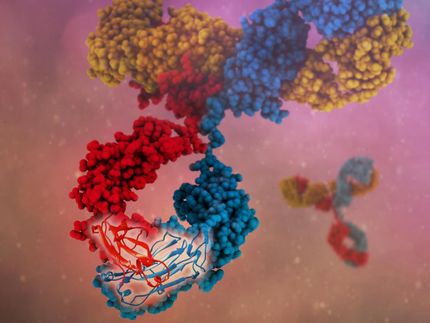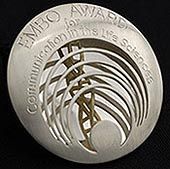'Good' prion-like proteins boost immune response, UT Southwestern scientists report
Advertisement
A person's ability to battle viruses at the cellular level remarkably resembles the way deadly infectious agents called prions misfold and cluster native proteins to cause disease, UT Southwestern Medical Center researchers report.
This study marks the first discovery of so-called "good" prion-like proteins in human cells and the first to find such proteins involved in innate immunity: the way the body recognizes and responds to threats from viruses or other external agents, said Dr. Zhijian "James" Chen, professor of molecular biology and senior author of the study in the Cell.
"An understanding of how cells maintain good prion-like proteins called MAVS [mitochondrial antiviral signaling] protein may help us understand how some prions turn bad," said Dr. Chen, a Howard Hughes Medical Institute investigator at UT Southwestern. Moreover, the research may also deepen our knowledge of innate immunity and host defense, he said.
Prions are misfolded, self-perpetuating proteins responsible for fatal brain infections such as bovine spongiform encephalopathy – so-called mad cow disease – in cattle and the extremely rare variant Creutzfeldt-Jakob Disease (vCJD) in some people who eat beef from infected cattle. Currently all prion-related diseases are untreatable and are fatal.
The MAVS prion-like proteins usually are scattered on the membranes of the energy-producing organelles called the mitochondria that reside inside cells throughout the body, he explained.
UT Southwestern researchers, investigating the cellular response to invasion by a member of the family of viruses that includes influenza and hepatitis, discovered that the MAVS proteins change shape and recruit other MAVS proteins to misfold and aggregate [cluster] in tough clumps on the surface of the mitochondrial membranes to defend against viral assault, Dr. Chen said.
The researchers created a setup that mimicked the human immune response, but in a controlled laboratory environment where they were able to break open cells and study the cellular components. When those components were mixed with viral RNA (the genetic material also known as ribonucleic acid), the MAVS proteins still formed large clusters.
"Remarkably, the MAVS proteins behave like prions and effectively convert nearby proteins into aggregates on the mitochondrial membrane," Dr. Chen said. He noted that the aggregates are necessary for the cells to churn out immunity-boosting interferon molecules. When the MAVS activity is blocked, the antiviral defense stops.
The MAVS' prion-like mechanism gives no indication of the out-of-control replication seen in disease-causing prions, Dr. Chen said, providing an intriguing area for future research.




























































